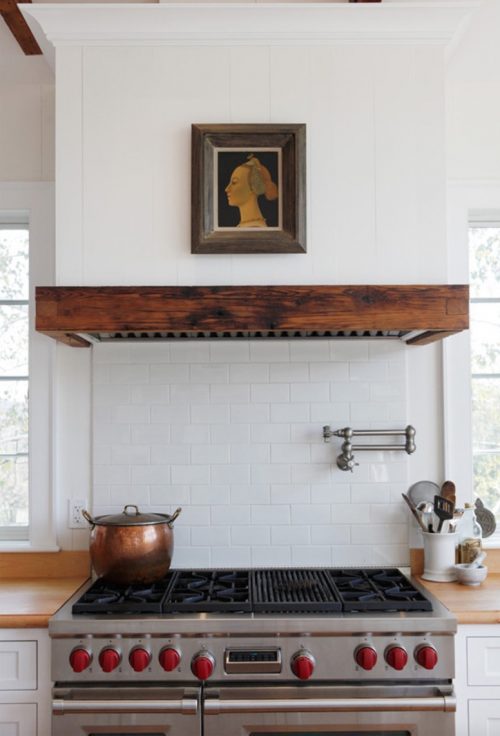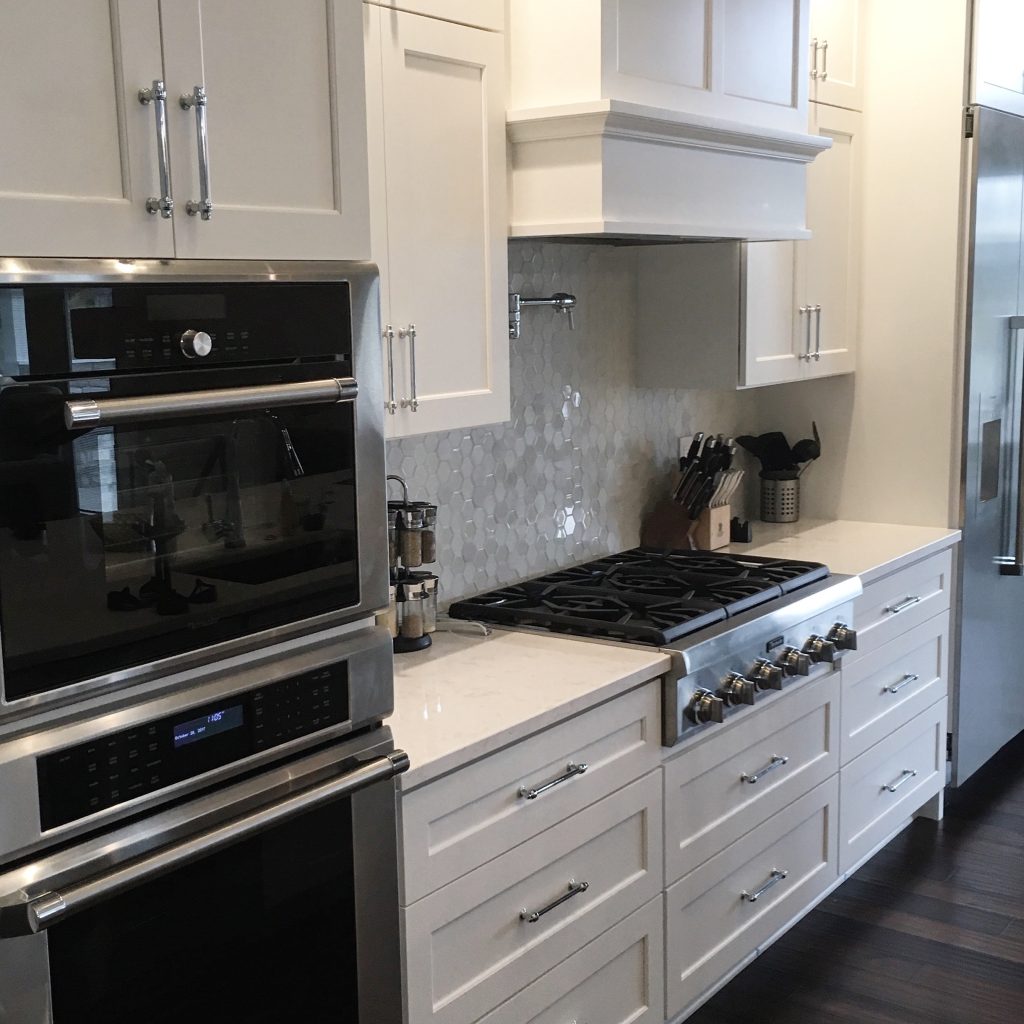Is It Necessary?

Q. We are redoing our kitchen and have a tight budget. Questioning the purchase of a range hood since we have never turned it on in any house we’ve ever lived. We are moderate cooks and usually open a window if it gets too steamy. Would rather spend the money on something other than a big bulky hood we would rarely use. Is it even necessary? – Jennifer
A. This is a common query. Short Answer= YES. Many non-professional cooks such as yourself rarely use their existing ventilation system (be it ducted or non-ducted, updraft or downdraft) and challenge its necessity. For some, the blowers are too noisy; for others, they don’t even think to use it. Moreover, some hate the way they look or the amount of space they take up. Yet, a proper ventilation system is an essential part of any kitchen. It should be given as much consideration as any other appliance in your home.
Indoor air quality in your home is extremely important, especially in the kitchen. Without proper ventilation, cooking by-products such as smoke, heat, grease, and food odors can accumulate on surfaces and cause damage. Moisture from steam can condense on cabinetry, windows, and walls. There can also be a build up of carbon monoxide from gas-range combustion causing harm. An open window replenishes air supply but it doesn’t remove the toxins from the source. It is the movement of the air that helps keep your kitchen from becoming an uncomfortable, unclean, and unsafe place.
The goal is to get pollutants out of the house. Typically a ventilation hood consists of a blower that pulls toxic air through a duct to the exterior of the home. These blowers or fans can be internal or external or inline and because they do the work, they can be noisy. The noise level, which is measured in sones, mostly depends on location and technology of the blower. A hood will have a power rating in CFM (cubic feet per minute) which is the volume of air being exhausted through the fan to eliminate total output of heat or Btu (British thermal unit). The CFM rating required is based on the cooking source and/or size of the kitchen. The higher the number, the greater the amount of air that is exhausted.
Ventilation equipment should be used correctly to ensure effectiveness. It’s best to remove cooking fumes as close to the source as possible. An updraft system is ideal when placed at the recommended depth and height above the cooking appliance because the air goes up and out. Downdrafts go down and out but they are not as efficient. Recirculating or non-ducted hoods are not true ventilation systems, but are better than nothing. These systems use a charcoal filter to trap odor and recycle the air back into the room. This filter should be changed often. Due to installation and budget constraints, recirculating fans are put in many homes.
There is a wide range of product available. Manufacturers offer different sizes, shapes, and functions for any lifestyle. Prices range to accommodate anyone’s budget so consider the other factors that impact your kitchen: How often do you cook? What type of cooking equipment (gas, electric, induction) will be used? Where is your range located in the space? What options do you have for installation? How much maintenance do you want it to require? Before any purchase, your choice should be approved by an installer.I hope that you give a range hood another thought. It doesn’t need to be the focal point of your new kitchen, but it is an important part.
Best of luck! – Danielle

kitchen vitality design 
kitchen vitality design


